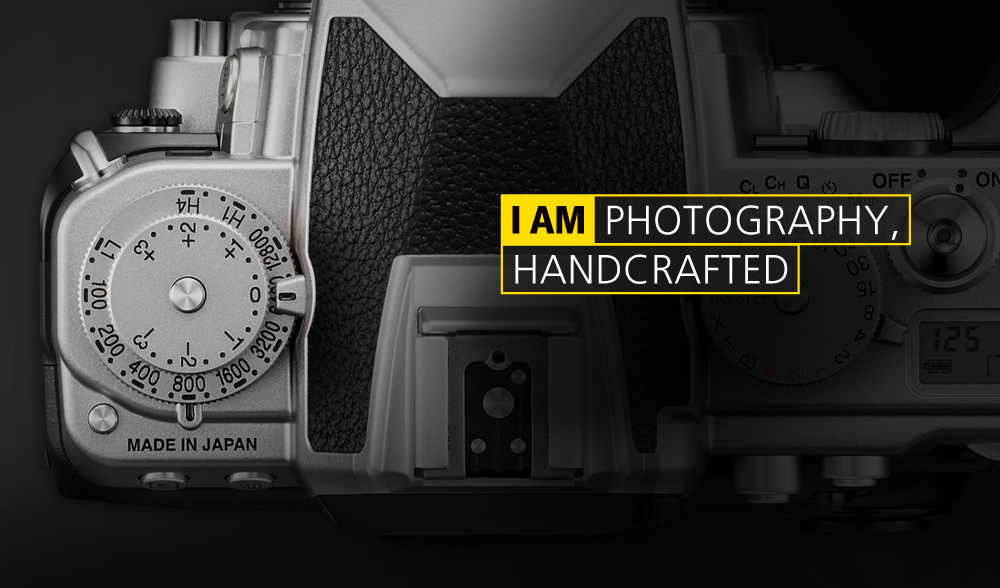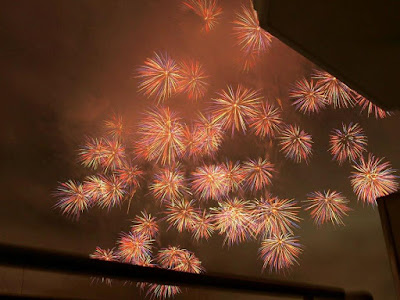A day at Yasukuni Shrine, on its grounds and at the accompanying military museum offers a surprisingly in-depth perspective to both the ceremonial beauty of Japan and the former imperial aggression of a now peaceful nation. As at other Shinto shrines, visitors to Yasukuni walk beneath Torii gates, cleanse their hands and mouths at a water basin, and enter through massive wooden doors; but unlike at other holy places, the spirits of convicted Class A war criminals burden the historic downtown Tokyo shrine with a church-state controversy. There are almost 2.5 million names on the official Yasukuni registry, all representing those who were granted ceremonial entrance to the shrine for fulfilling one main requirement: They gave their life protecting the Japan homeland in service of the emperor.
The sensitivities involved, perhaps most notably for those of Chinese and Korean descent, include the 1978 decision to enshrine convicted war criminals and the presence of foreign nationals conscripted into service of the Japan Imperial military during its WWII-era expansion. When a dignitary or Japanese prime minister pays respects at Yasukuni Shrine, or “Peaceful Nation Shrine,” the lines of church-state separation become blurred and regional media coverage can cause outrage, not entirely unlike the seemingly never-ending territorial waters disputes. When an ordinary Japanese citizen approaches the shrine, throws in their coin offering, claps twice and bows in prayer, the moment looks as typical as what occurs at any other shrine on the islands.
History and political context, however, are not prerequisites for visiting, and in fact, there is much more to enjoy. Down the pebble path that runs the perimeter of the shrine, concealed by dense woods and behind the only steel fence on the grounds lies another shrine dedicated to other nations’ battle fallen, including Americans. The lesser-known Chinreisha consists of two spirit-pacifying shrines no larger than a playhouse — one dedicated to the fallen who fought against Japan’s Imperial Army during civil wars and the other for American, British, Chinese, Korean and Southeast Asian war dead from the Pacific War. As the same path rounds the back side of the always-concealed main shrine, visitors come upon Shinchi Teien, or Sacred Pond Garden, and its abundance of resting benches and hungry koi fish.
Finally, visitors on the path will reach the original Yushukan museum, built in 1882, and then likely notice the Mitsubishi Zero fighter plane inside the glass facade of its attached 2002 renovation. The large museum is dedicated to Japan’s military history, from the samurai era through the Meiji Restoration and ultimately to its defeat in WWII. Some of the walls in the museum are lined, top to bottom, with identically sized mini black-and-white photos of departed warriors, and it is important to note the Yushukan has received some controversy of its own for unabashedly portraying its history from the perspective of the Japanese military.
A visitor who closely reads the English explanations accompanying most of the exhibits could still easily miss the four-sentence description of the “Nanking Incident” of 1937, and certainly won’t read the words “rape” or “massacre.” English-reading history buffs will also likely dispute that the U.S. oil embargo against Japan “triggered” U.S. involvement in the Pacific campaign, but that is not to say all the text is inaccurate or misleading, just presented from a specific Japanese perspective. Newspaper front pages show overhead photographs capturing the attack on Pearl Harbor, letters from soldiers at Midway or Guadalcanal home to parents mark the turning point in the war, and an infographic shows that 28 million Japanese citizens were ready to volunteer for a national corps if needed to defend the homeland.
After two floors of dates, photos, paintings and model battleships, visitors are welcomed to the final, largest exhibit by coming face to face with an actual miniature submarine and a suspended glider, both designed for use on suicide missions. In addition to the human torpedo and glider, the naturally lighted hall holds anti-aircraft guns, both small and massive, a medium classification tank and a Suisei bomber, all of which were used in war. Unfortunately, no photographs are allowed inside the museum, which costs 800 yen to enter, or about $10. As far as this visitor could tell, though, inside Yushukan was the only place where photography was restricted.
From the grand walkway entrance lined with 8-foot-tall stone lanterns and even taller trees to the steps of the main hall, with its curtains partially opened to show the Yasukuni Shrine behind, good vantages for scrapbooks or Instagram accounts are plentiful. The history of the shrine, dating to 1869, and the more contemporary political controversy are also free for interpretation, as some foreign visitors are inclined to do. Even Japanese are at odds whether elected leaders should pay homage to the war shrine or if certain criminals should be removed, but as Professor John Breen writes in the book “Yasukuni, the War Dead and the Struggle for Japan’s Past,” Yasukuni priests insist that once a spirit is enshrined it can never be dislodged. favoured analogy is that of the candle and its flame: ‘You can transfer the flame of one candle to another, but the original candle continues to burn.’
By: Toshio Suzuki
The sensitivities involved, perhaps most notably for those of Chinese and Korean descent, include the 1978 decision to enshrine convicted war criminals and the presence of foreign nationals conscripted into service of the Japan Imperial military during its WWII-era expansion. When a dignitary or Japanese prime minister pays respects at Yasukuni Shrine, or “Peaceful Nation Shrine,” the lines of church-state separation become blurred and regional media coverage can cause outrage, not entirely unlike the seemingly never-ending territorial waters disputes. When an ordinary Japanese citizen approaches the shrine, throws in their coin offering, claps twice and bows in prayer, the moment looks as typical as what occurs at any other shrine on the islands.
History and political context, however, are not prerequisites for visiting, and in fact, there is much more to enjoy. Down the pebble path that runs the perimeter of the shrine, concealed by dense woods and behind the only steel fence on the grounds lies another shrine dedicated to other nations’ battle fallen, including Americans. The lesser-known Chinreisha consists of two spirit-pacifying shrines no larger than a playhouse — one dedicated to the fallen who fought against Japan’s Imperial Army during civil wars and the other for American, British, Chinese, Korean and Southeast Asian war dead from the Pacific War. As the same path rounds the back side of the always-concealed main shrine, visitors come upon Shinchi Teien, or Sacred Pond Garden, and its abundance of resting benches and hungry koi fish.
Finally, visitors on the path will reach the original Yushukan museum, built in 1882, and then likely notice the Mitsubishi Zero fighter plane inside the glass facade of its attached 2002 renovation. The large museum is dedicated to Japan’s military history, from the samurai era through the Meiji Restoration and ultimately to its defeat in WWII. Some of the walls in the museum are lined, top to bottom, with identically sized mini black-and-white photos of departed warriors, and it is important to note the Yushukan has received some controversy of its own for unabashedly portraying its history from the perspective of the Japanese military.
A visitor who closely reads the English explanations accompanying most of the exhibits could still easily miss the four-sentence description of the “Nanking Incident” of 1937, and certainly won’t read the words “rape” or “massacre.” English-reading history buffs will also likely dispute that the U.S. oil embargo against Japan “triggered” U.S. involvement in the Pacific campaign, but that is not to say all the text is inaccurate or misleading, just presented from a specific Japanese perspective. Newspaper front pages show overhead photographs capturing the attack on Pearl Harbor, letters from soldiers at Midway or Guadalcanal home to parents mark the turning point in the war, and an infographic shows that 28 million Japanese citizens were ready to volunteer for a national corps if needed to defend the homeland.
After two floors of dates, photos, paintings and model battleships, visitors are welcomed to the final, largest exhibit by coming face to face with an actual miniature submarine and a suspended glider, both designed for use on suicide missions. In addition to the human torpedo and glider, the naturally lighted hall holds anti-aircraft guns, both small and massive, a medium classification tank and a Suisei bomber, all of which were used in war. Unfortunately, no photographs are allowed inside the museum, which costs 800 yen to enter, or about $10. As far as this visitor could tell, though, inside Yushukan was the only place where photography was restricted.
From the grand walkway entrance lined with 8-foot-tall stone lanterns and even taller trees to the steps of the main hall, with its curtains partially opened to show the Yasukuni Shrine behind, good vantages for scrapbooks or Instagram accounts are plentiful. The history of the shrine, dating to 1869, and the more contemporary political controversy are also free for interpretation, as some foreign visitors are inclined to do. Even Japanese are at odds whether elected leaders should pay homage to the war shrine or if certain criminals should be removed, but as Professor John Breen writes in the book “Yasukuni, the War Dead and the Struggle for Japan’s Past,” Yasukuni priests insist that once a spirit is enshrined it can never be dislodged. favoured analogy is that of the candle and its flame: ‘You can transfer the flame of one candle to another, but the original candle continues to burn.’
By: Toshio Suzuki







